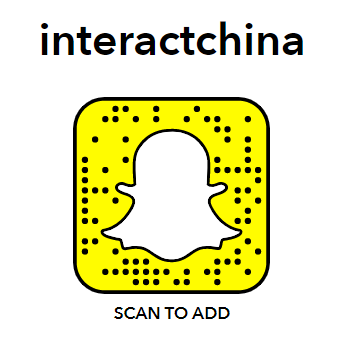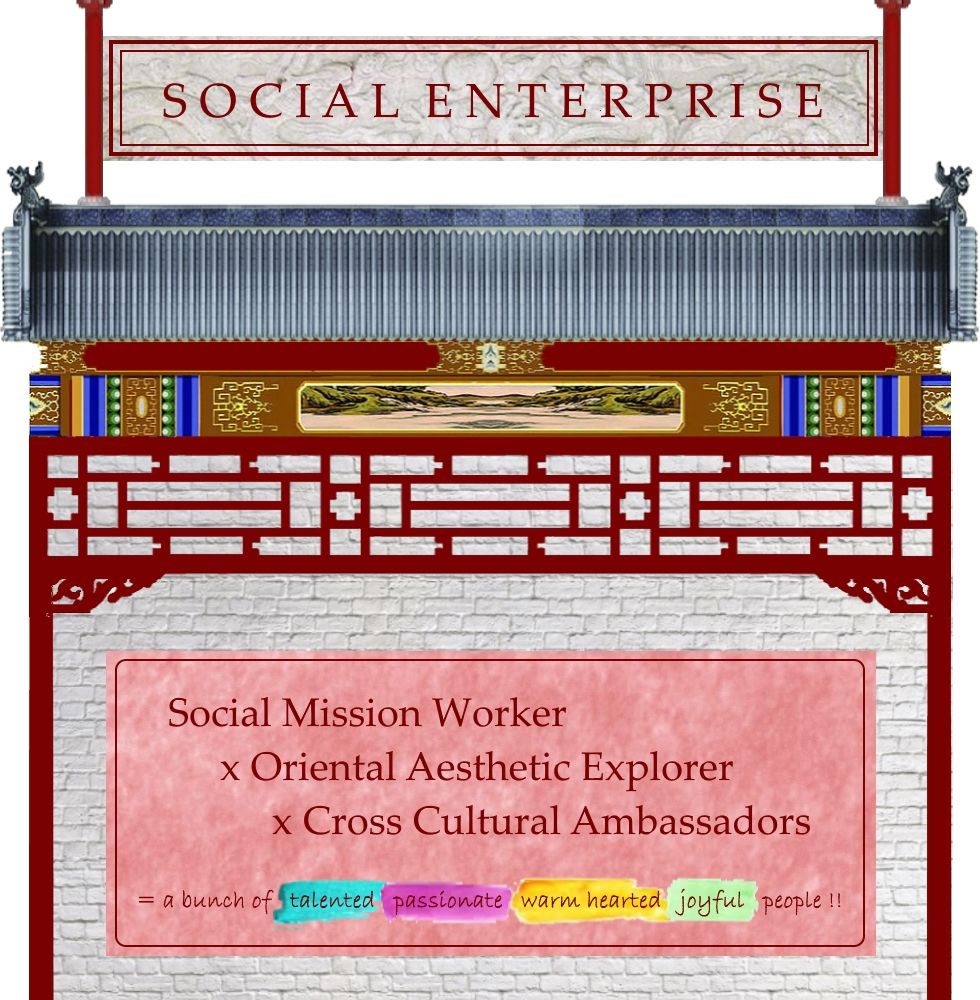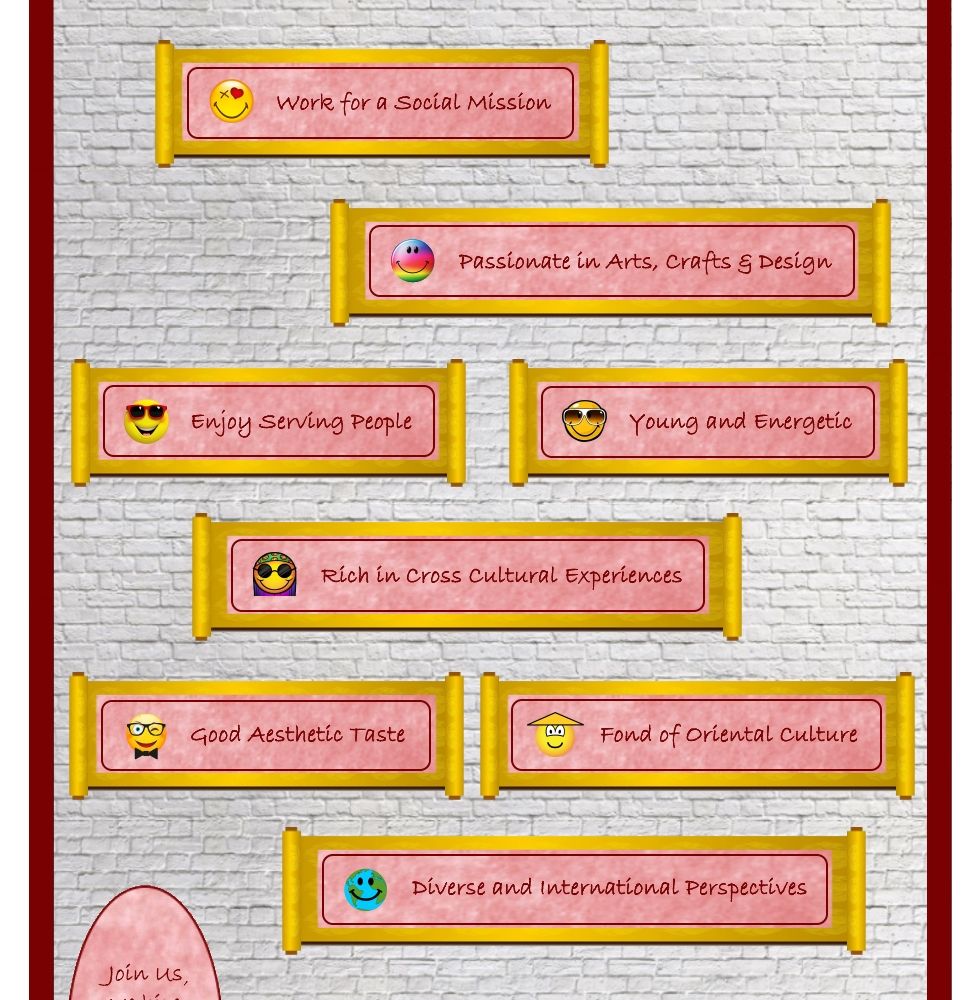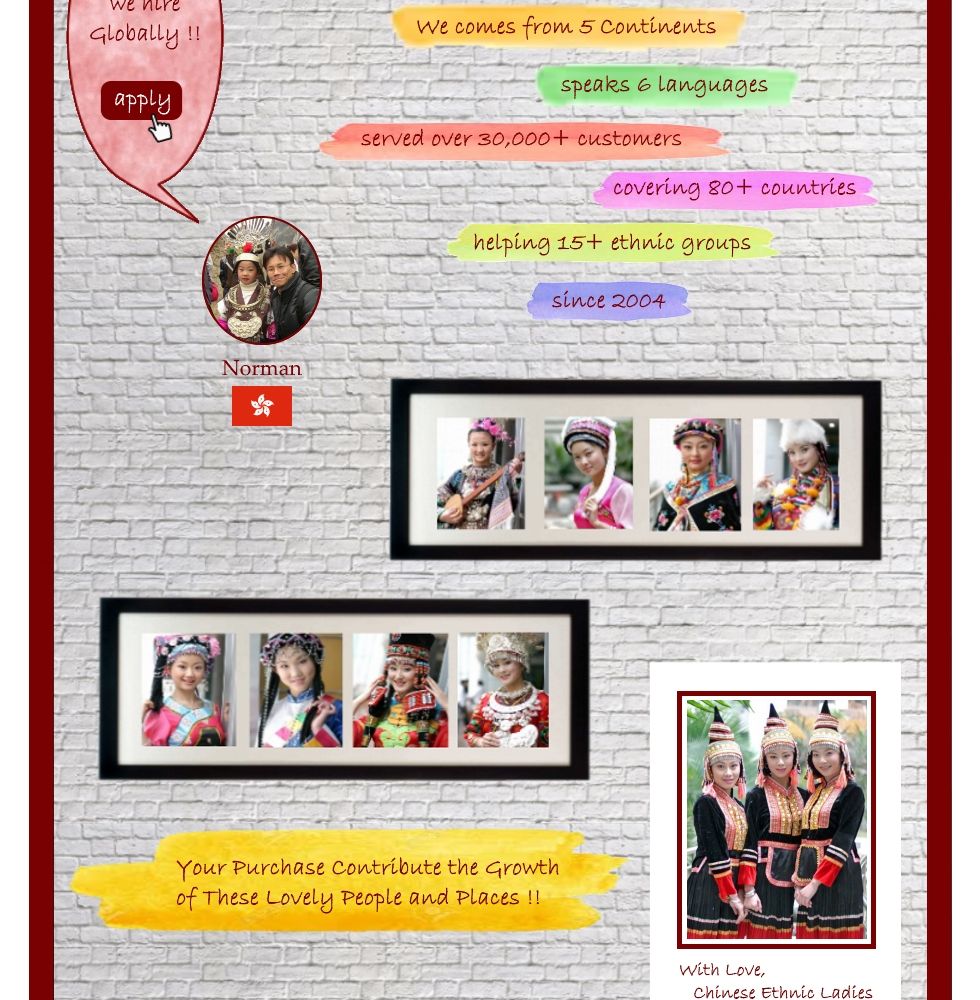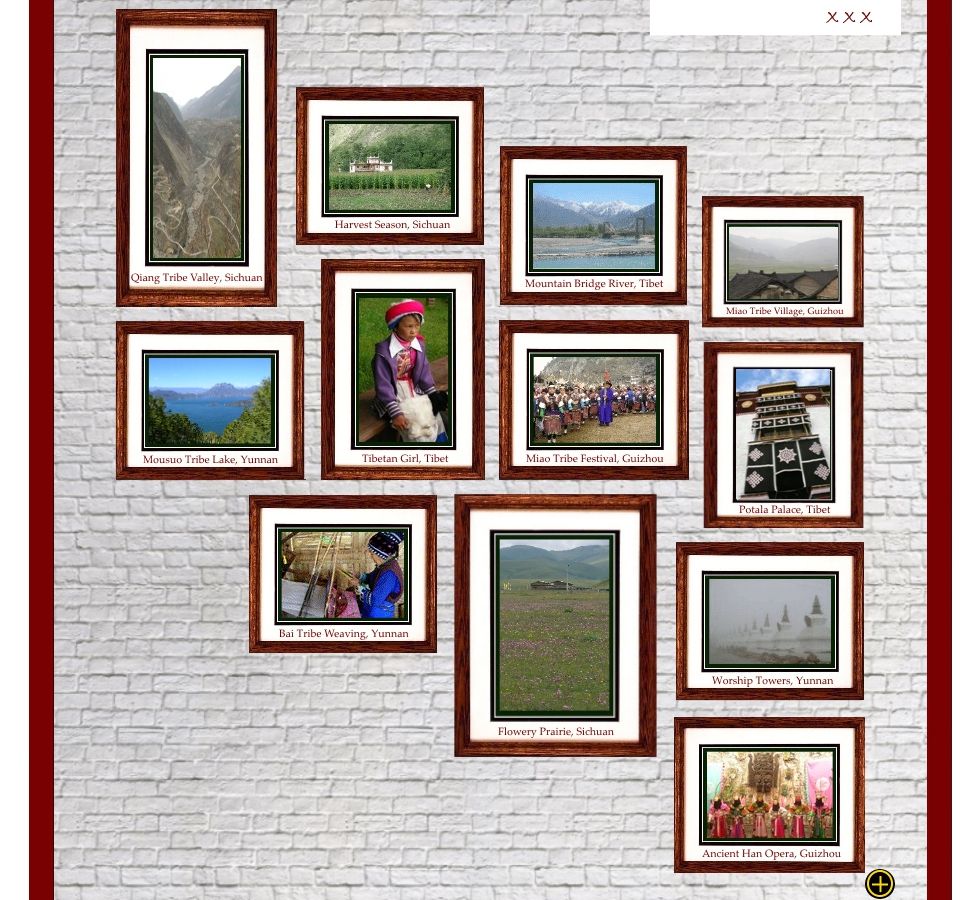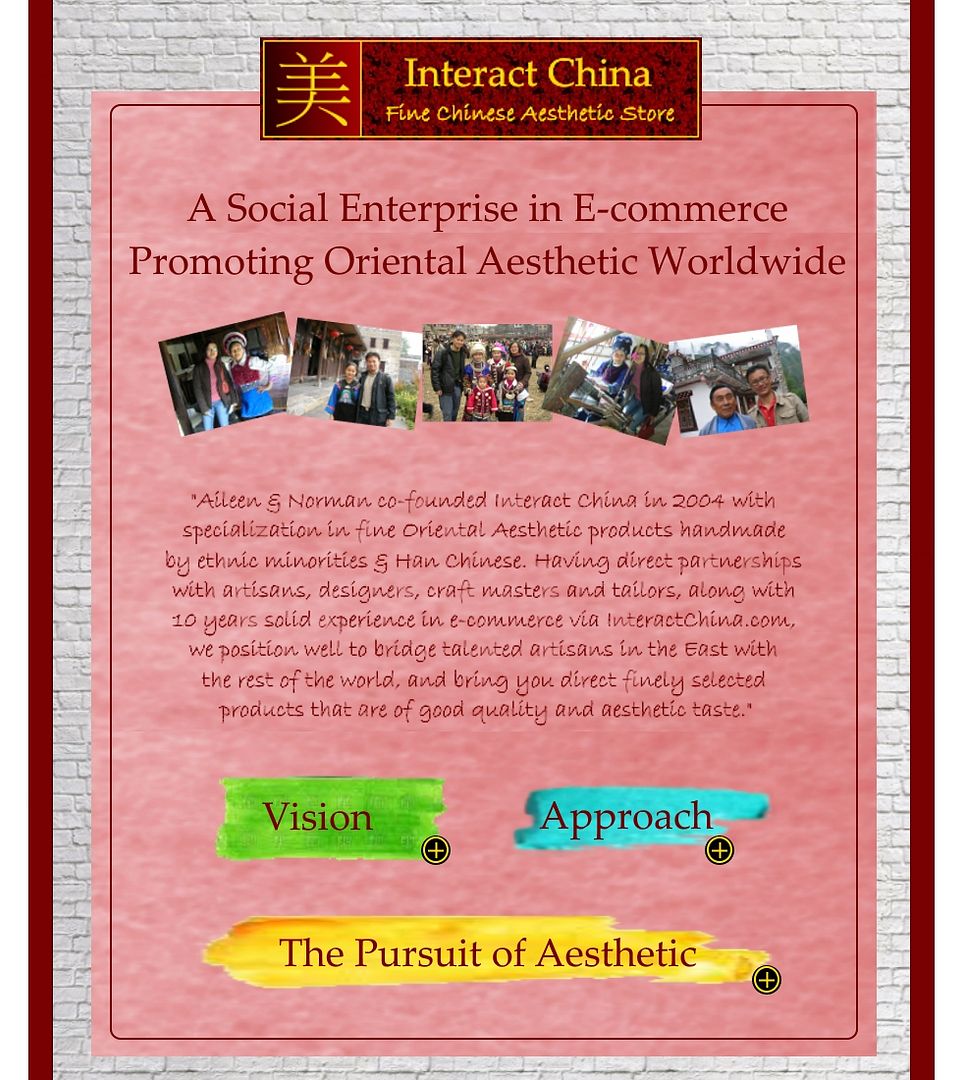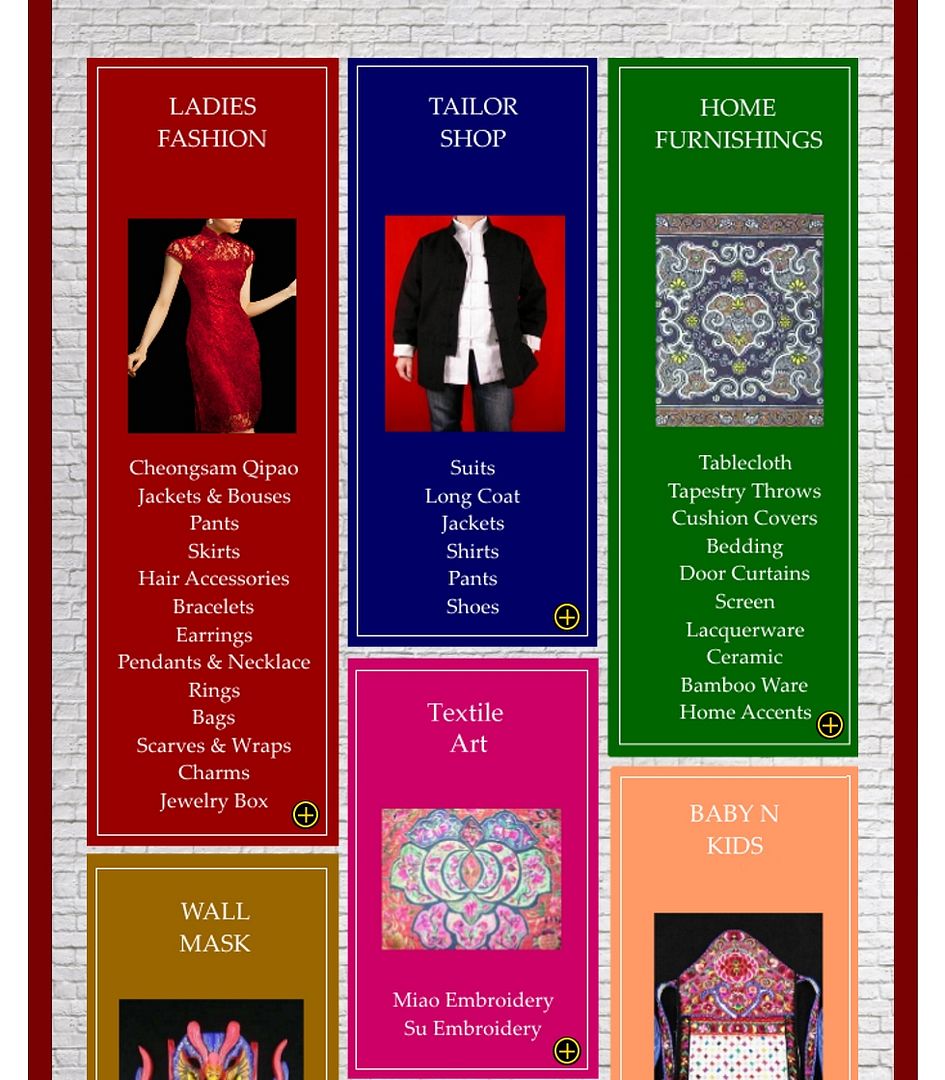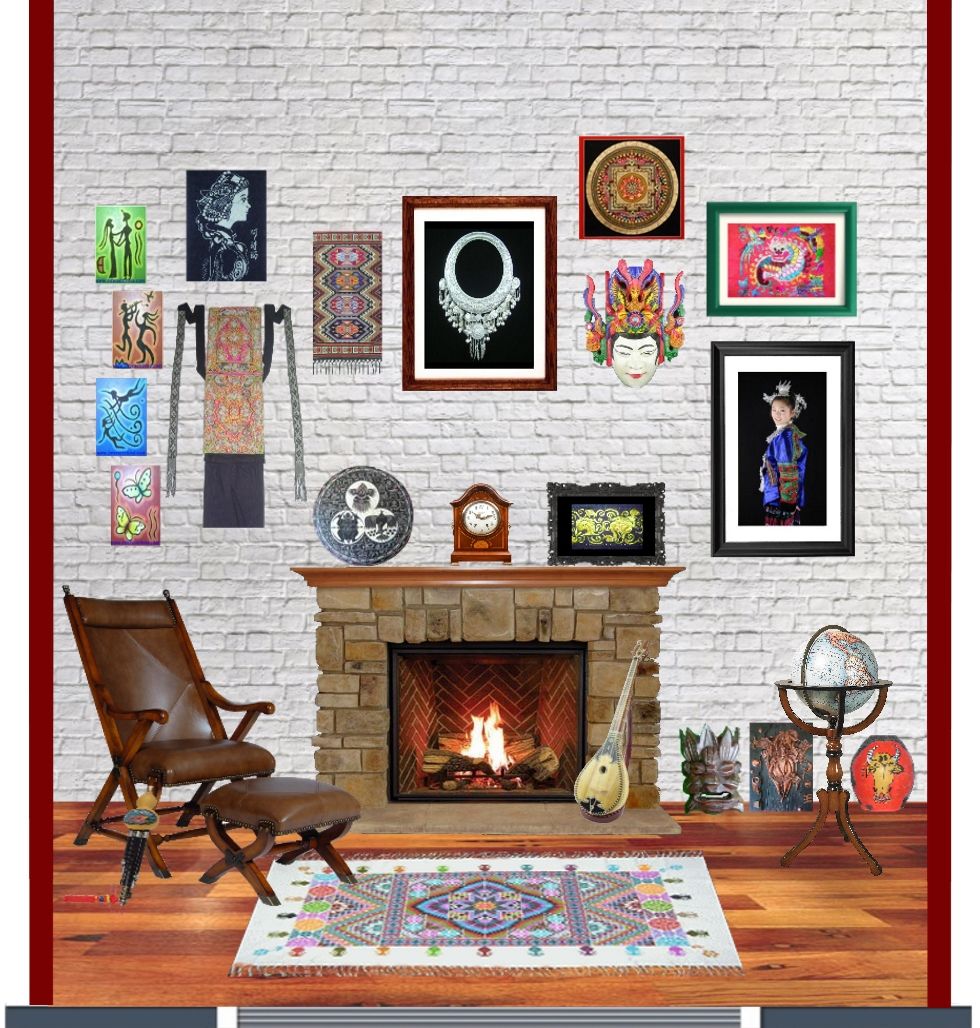Stunning Features of Miao Hmong Costume
5th Jun 2017

The most rich and colorful attire of the Miao Hmong people is found in the south of China. Every different branch of the Miao Hmong people brings with them a different kind of costume. Their designs range from the exquisitely gorgeous costumes of the Shidong area to the primitive and coarse ones of the Nandan area. These people are extremely talented in
art, especially those living in the Guizhou province. Their embroidery works, batik and silver accessories are perfect examples of showing characteristics of Miao Hmong clothing art.
Techniques
Sophisticated weaving, dyeing, batik, pleating, embroidery, appliqué, interlacing, and quilting techniques are used to produce the costumes and have evolved to exceptional artistry. Traditionally, these skills are passed down from mother to daughter. Making a set of traditional Miao clothes usually takes a Miao Hmong woman 1 to 2 years. Moreover, as hand-made Miao Hmong costumes are sewn individually by Miao women in their homes, there are hardly two costumes with the same style or pattern.
Materials
The materials used in Miao Hmong costumes are hemp, cotton, silk and natural dyestuffs, including indigo. The geographic location of the villages has a great bearing on the materials from which the garments are made. Cotton is produced in western Hunan and eastern Guizhou and is traditionally used in the making of clothes. Wool is produced in the cold highland areas of north-eastern Yunnan and is used for making warm clothes in that region. Flax is grown is Sichuan, western Guizhou and south-eastern Yunnan and so linen is used in the manufacture of clothes.
Embroidery

Embroidery techniques are varied. Satin stitch and cross-stitch are widely used. In some areas, such as south-east Guizhou, girls also use braid or plaited stitch. The satin stitched is bright and smooth with delicate, clear patterns of animals and plants. The cross-stitch is done on the reverse side of the fabric, the patterns appearing on the obverse side or on both sides. And the braid stitch is done by plaiting silk thread into braids, folding it on cloth and then fixing it with thread. The patterns of this embroidery create a striking decorative effect.
Batik

Miao Hmong women are proficient in batik. Their colored batiks are renowned at home and abroad. The process is all manual and rather tedious, which involves drawing, waxing (with special wax knife using beeswax), dyeing and wax melting. This technique had been lost among Han Chinese but being kept very well by ethnic Miao Hmong. In fact, the United Nation (UN) reported that Miao Hmong costume is one of the world cultural relics, where batik plays a major role.
The motifs on batik are plain, naive, rough and powerful. Its shapes are boldly diversified and exaggeratedly drawn. Since Miao Hmong language do not have scripts, abstract symbols or totems are also commonly found.
Silver Ornaments

Silver ornaments make up an important part of Miao Hmong dress. Miao believe silver can dispel evil spirits and is also a symbol of wealth. Miao Hmong families dress up their daughters with silver ornaments for special occasions. Silver worn by young women sometimes weighs more than 10 kg, which makes the whole body sparkling and shinning.
The Miao Hmong silver ornaments include silver hat, silver horns, silver combs, silver earrings, ear pendants, neckbands, necklaces, collars, bracelets and rings. Most of them are handmade by Miao Hmong silversmiths. Skills and techniques employed are casting, hammering, plaiting, cutting flowers and carving lines. Patterns are mostly dragon, phoenix, horses, flowers and birds, lively and delicately exquisite.
by Xiao Xiao @ InteractChina.com
About Interact China
“A Social Enterprise in E-commerce Promoting Oriental Aesthetic Worldwide”
Aileen & Norman co-founded Interact China in 2004 with specialization in fine Oriental Aesthetic products handmade by ethnic minorities & Han Chinese. Having direct partnerships with artisans, designers, craft masters and tailors, along with 10 years solid experience in e-commerce via InteractChina.com, we position well to bridge talented artisans in the East with the rest of the world, and bring you direct finely selected products that are of good quality and aesthetic taste.
So far we carry 3000+ goods covering Ladies Fashion, Kungfu Clothing, Home Furnishings, Babies & Kids, Painting Arts, Textile Arts, Carving Arts, Tribal Jewelry Art, Wall Masks and Musical Instruments. Our team speak English, French, German, Spanish and Italian, and serve customers worldwide with passion and hearts.
P.S. We Need People with Similar Passion to Join Our Blogging Team!
If you have passion to write about Oriental Aesthetic in Fashion, Home Decor, Art & Crafts, Culture, Music, Books, and Charity, please contact us at bloggers@interactchina.com, we would love to hear from you!






